Yarns are well-constructed of both short staple length and filament fibers. Apart from these two major types, there are single, ply, and cord yarn depending on the variation of the construction. Some of the yarns are well-known as “Novelty” Yarns. This article will take you into the multi-faceted yarn types and the descriptions that separate them from one another.
Table Of Contents
The Different Types of Yarn
Yarn tends to be divided into 2 major types. These are:
Spun Yarns: Yarns refer to the short length of fiber made of cotton and wool known as Spun Yarns. Spun yarns can be of the same type or a blend of different fibers. To make spun yarn, there is the use of the spinning method also affects uniformity and the strength of the yarn.
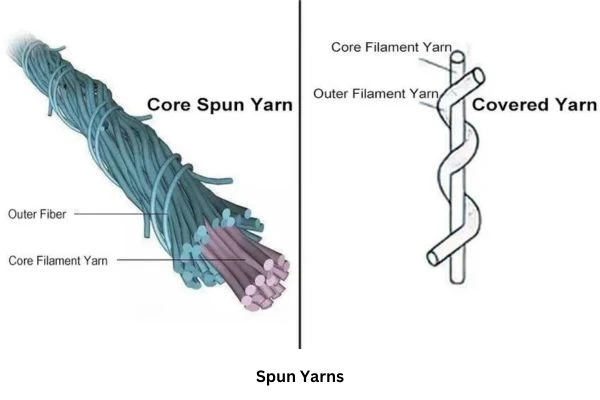
Any yarn can be combed with cotton yarn that has fine and smooth quality. Usually, staple fibers tend to be twisted together to form a yarn.
Features:
- Dull appearance.
- Prone to piling.
- Tend to be warm, not slippery.
- Not prone to Snagging
- Stretchability depends on the twist amount.
Filament Yarns: Any yarn that is well-made of long-length silk fabric is known as filament yarn. It is a long continuous yarn type that seems to be smooth and lustrous.
These filament yarns have two more types: Monofilament and Multi-filament.
- Monofilament yarn is a single and thick filament yarn for an instance: Silk
- Multi-filament yarn is a multiple-filament type that requires no such twisting to get yarns together.
Features:
- Lustrous
- Not prone to pill
- Prone to Snagging, depending on the fabric construction.
- Stretchability depends on the twist amount.
Other than these, there are Metallic-coated yarn and Tape yarns. These are:
Metallic Yarns: A metallic foil that gets laminated between plastic films.
Tape yarns: They are well-made of slitting and splitting polymer films for an instance the Olefin.
Apart from these specifications, there are more than 3 types of Yarns with sub-division.
Yarns are 3 types Including:
- Simple Yarns
- Novelty Yarns
- Textured Yarns
1. Simple yarns
They are well-characterized in uniform size and the surface- regular. They are also divided into Single, Ply, cord, and rope yarns.
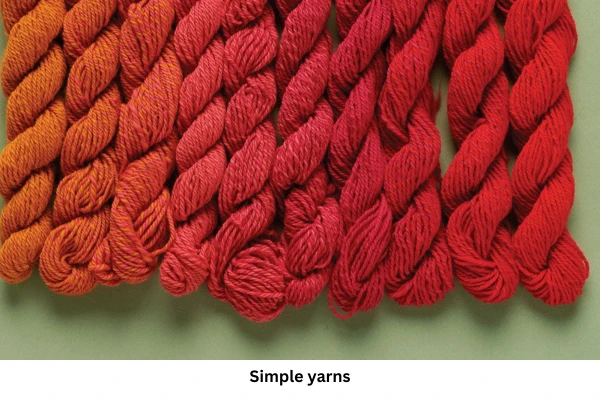
Simple Yarn Types:
-Single yarns: They get made directly from the fibers.
-Ply Yarns: They get made by twisting operation for the second time. It combines two or more singles. As a result, each part of the yarn is well-known as a ply.
-Cord Yarns: They get composed of more than two-ply yarns combined for making a simple cord yarn.
-Rope Yarns: They get produced by twisting more than two cord yarns together.
2. Novelty Yarns
Novelty yarns are two or more strands that help to produce decorative effects. Here, each strand is well known as the base or core.
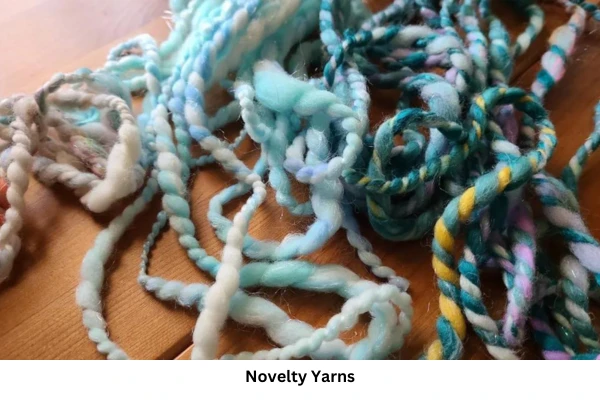
That strand provides the best structure and maximum strength. Also, the effect strand creates decorative details like knots and loops that make yarn better.
Types of Novelty Yarns:
- Slub Yarns: They can be either single or ply. Soft Bulky area defines them at regular intervals.
- Flock Yarns: They have small tufts at intervals through addition. As a result, they are easy pulling out.
- Nub Yarns: They are ply yarns where the effect yarn gets twisted near the base yarn.
- Boucle and Loop Yarns: They are also like ply yarns with 3 sets of yarn types. The effect yarn gets looped around the base.
- Chenille Yarns: They are well-made by slitting leno weave fabrics in the direction of the warp.
- Spiral and corkscrew Yarns: They are ply yarns where each ply tends to be soft and thick whether the other gets fine.
3. Textured Yarns
Textured Yarns are well-constructed filament fibers with a changeable surface, shape, and texture. These get developed in the spinning process.
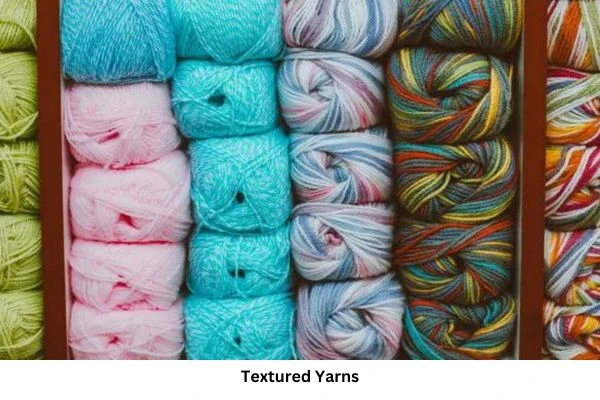
Only two materials- Nylon and Polyester are here main textured fibers. They provide many variations in fabric properties.
There are two main typologies of Textured Yarns:
- Stretch Yarns: They get made by using the special heat setting treatment. Nylon and polyester are some examples of the treatment of thermoplastic filament fibers.
- Bulk Yarns: They tend to be softer and pliable yet constructively twisted yarns.
Under the Filament Yarns, we get the “Compound Yarns with typologies.”
4. Compound Yarns
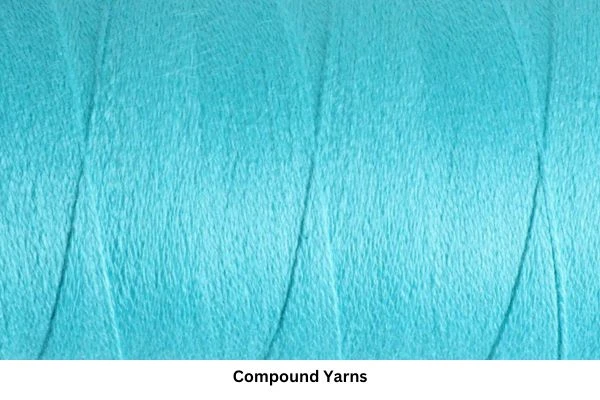
Compound yarns refer to single-strand yarns where only one yarn is usable.
They get classified into 3 yarn types:
- Ply Yarn: These are foldable yarn with a combination of 2 or 3 strands twisted together to ensure the appropriate use. The use of S and Z twists tends to stay together.
- Cabled Yarn: These are two sets of plied yarns that get twisted together to produce yarn in a bulky type.
- Fancy Yarn: They are well-made during the process of spinning to provide a variety of textures and colors.
Bulk Yarns and Their Typologies
Bulk yarns tend to be thick, soft, and stretchable.
The type of Bulk Yarns is:
- High Bulk: They are stapled fibers made of acrylic or blend with other fibers. It gets blended using fibers that are stretchable and relaxed. These yarns tend to have air pockets to trap air and absorb water.
- Air Jet Yarns: They are loop-bulk yarns. The filament materials are acetate, polyester, viscose, and polyamide. Here, the yarn goes through high-pressure air jets that become the reason behind the fibers getting tangled up. These yarns are bulky, lightweight, and moisture-wicking.
Twist Direction: S and Z Twists
There are two twist directions, named S and Z twist Yarns.
S Twist Yarn: If any yarn gets twisted in a clockwise direction, it names S twist yarn. The angle provides a look English S alphabet.
Z Twist Yarn: If any yarn gets twisted in the anti-clockwise direction, the yarn is popularly known as Z twists yarn. Here, the inclination angle looks like the English Alphabet Z look.
Zero Twist Yarn: If the yarn gets wrapped with soluble filament in an untwisted staple fiber, it is named Zero twist yarn. Usually, these yarns require hot water-soluble filaments for the wrapping procedure.
Conclusion
It may seem confusing while exploring a lot number of yarn types. Yet, the types are different from each other in many ways that are easy to differentiate. Depending on their direction, material, and features, yarn types get varied and are referred to not as thread.





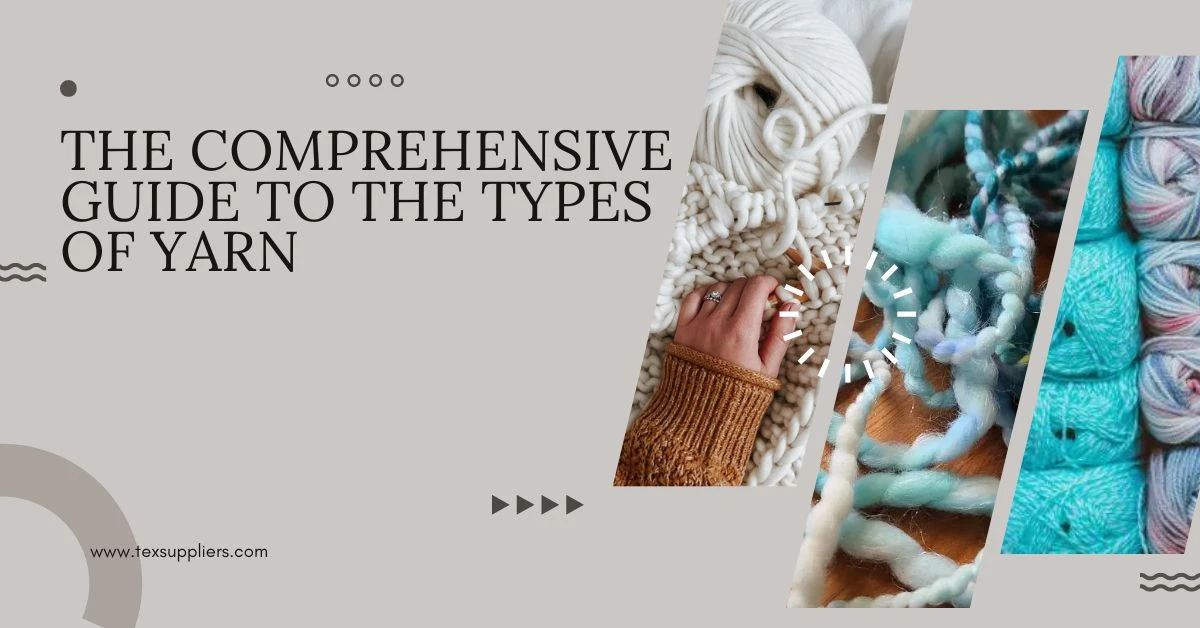
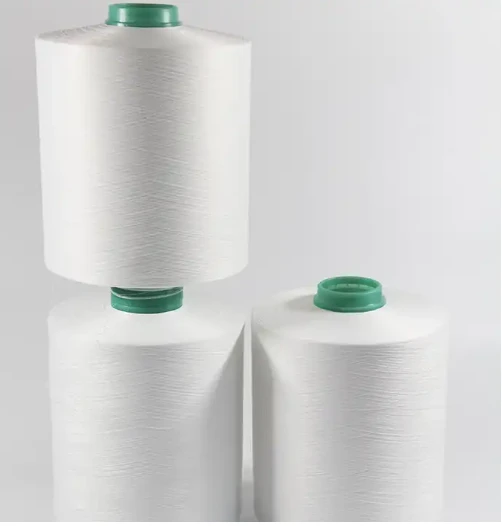
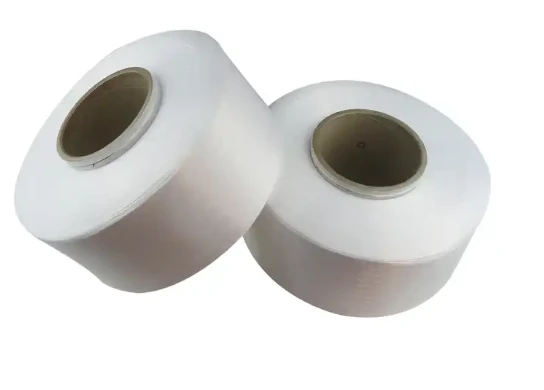
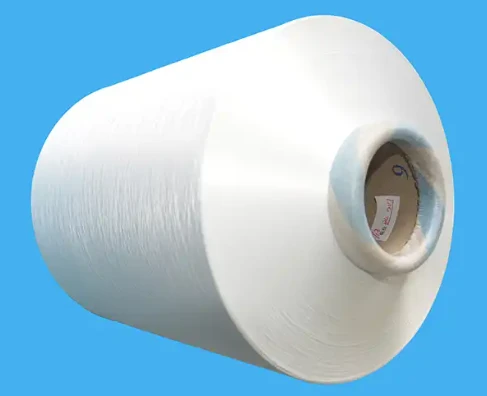
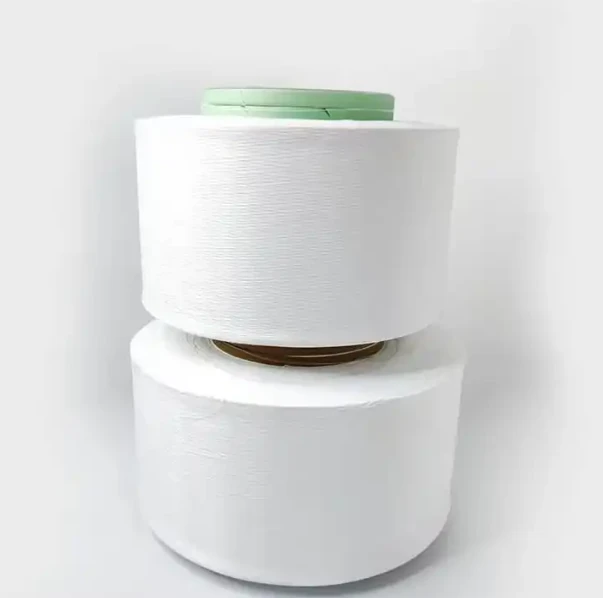
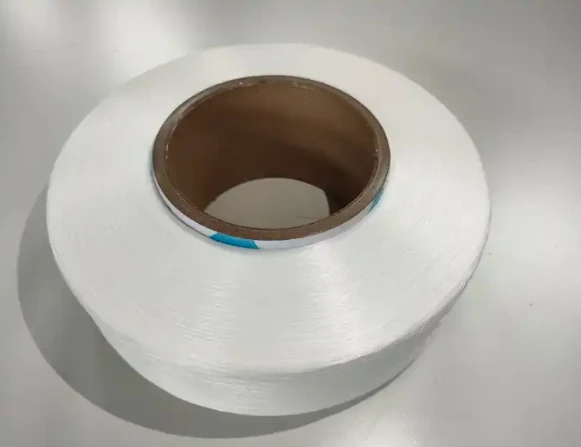
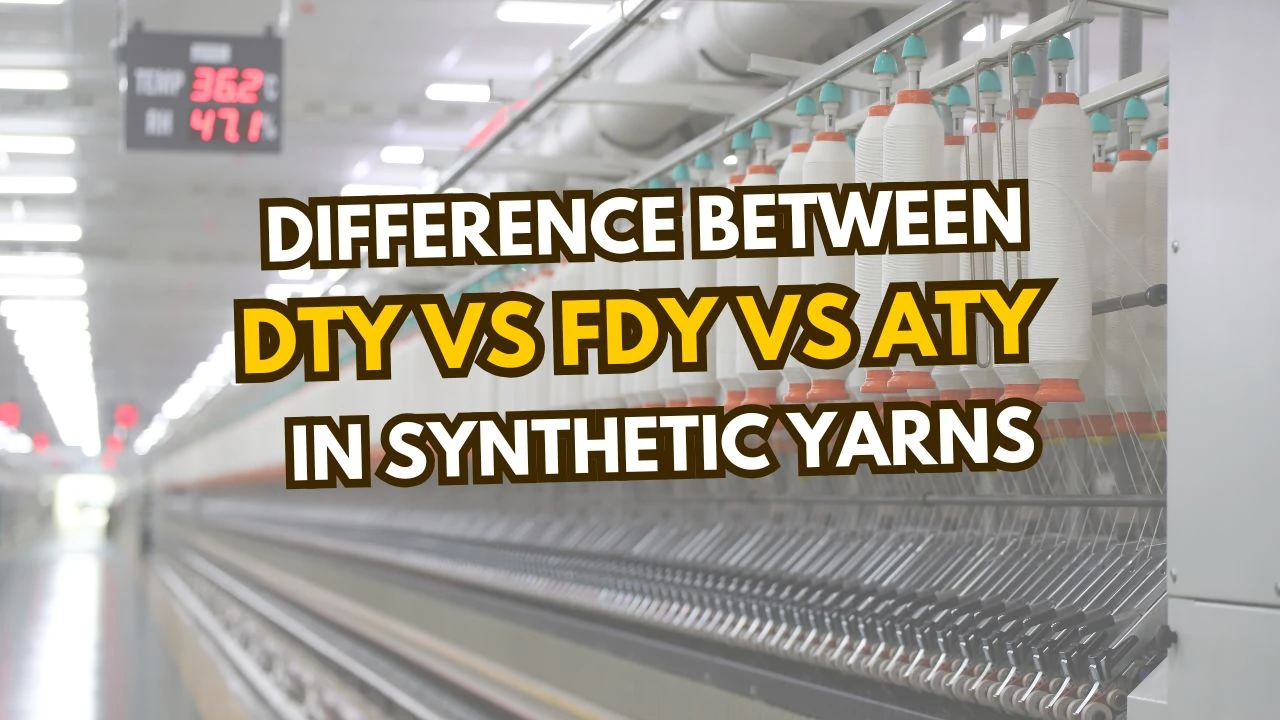
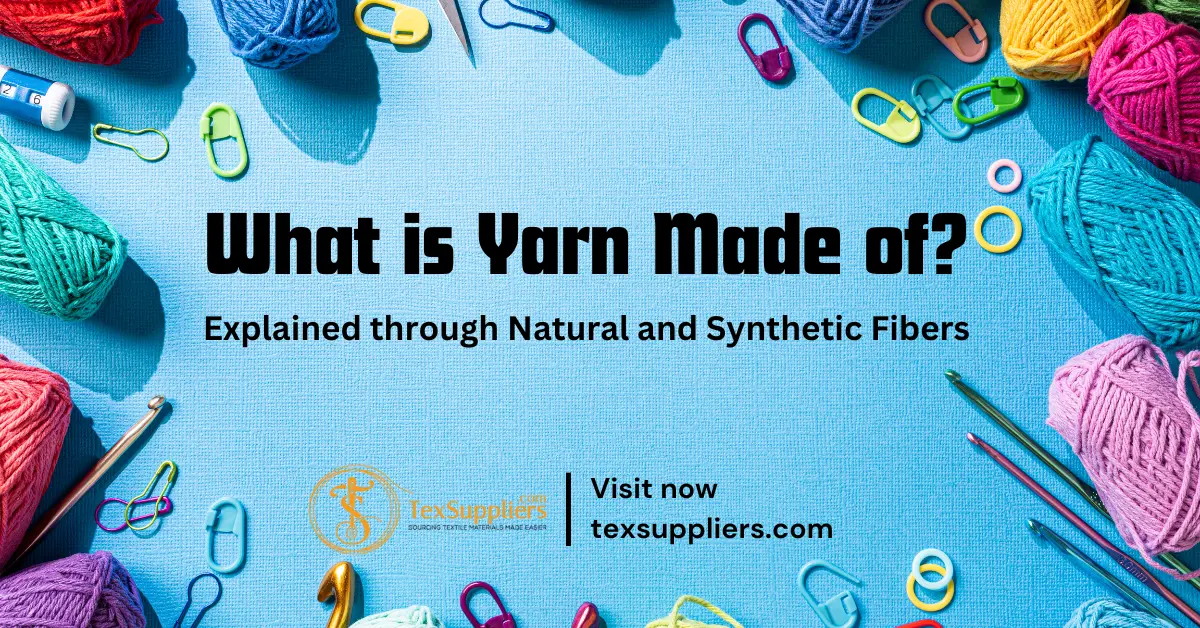
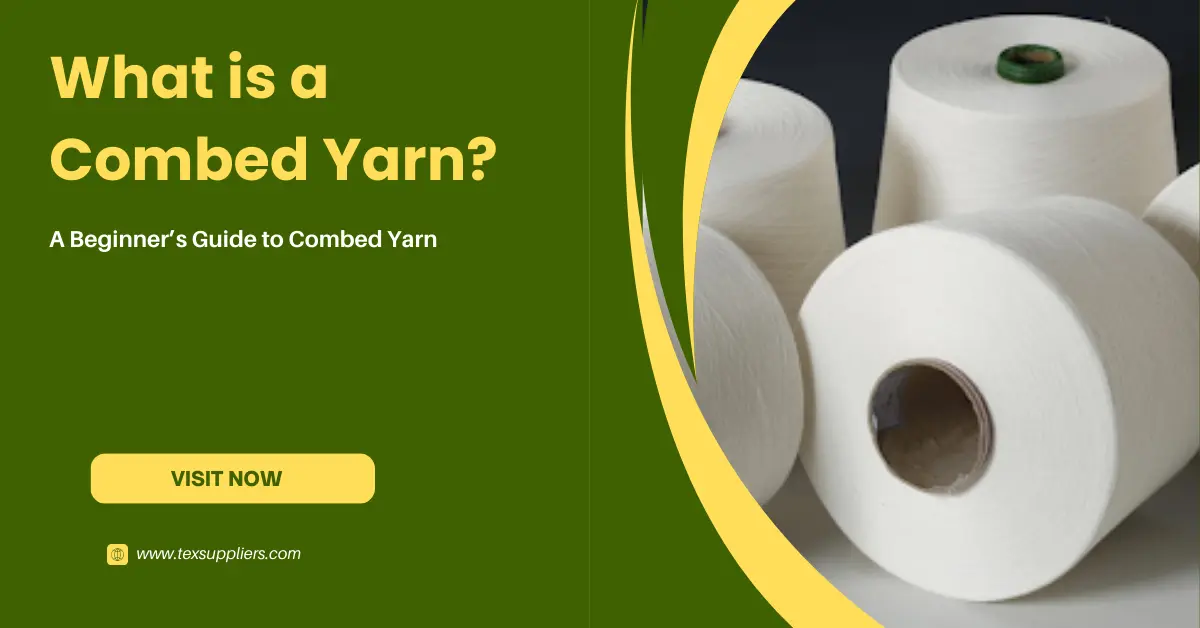
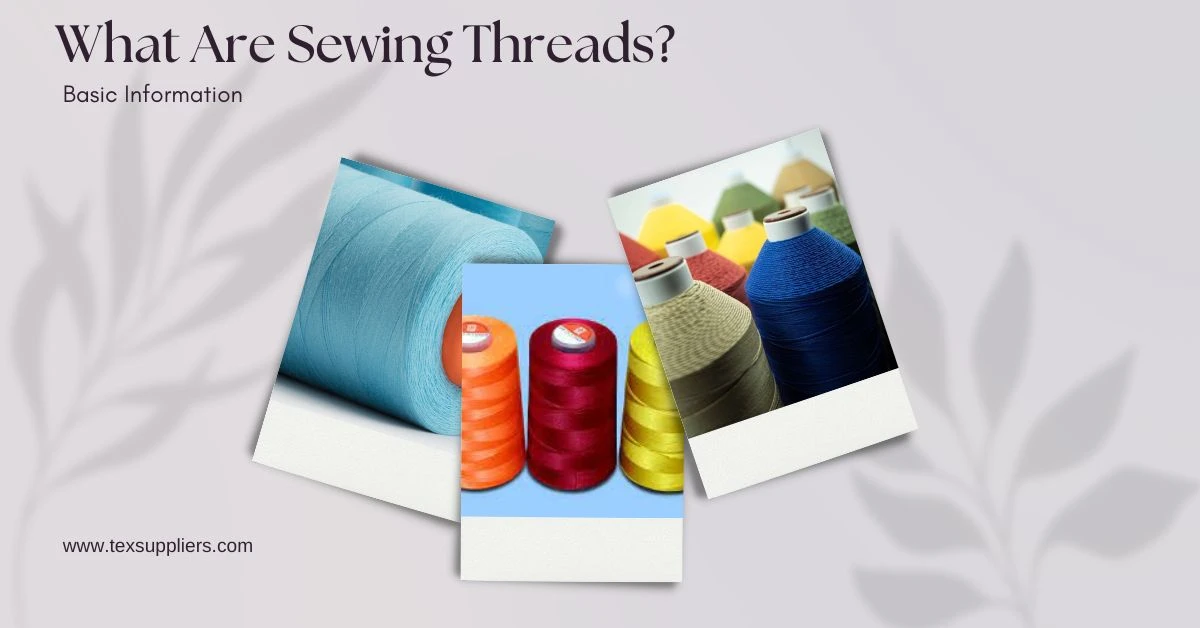
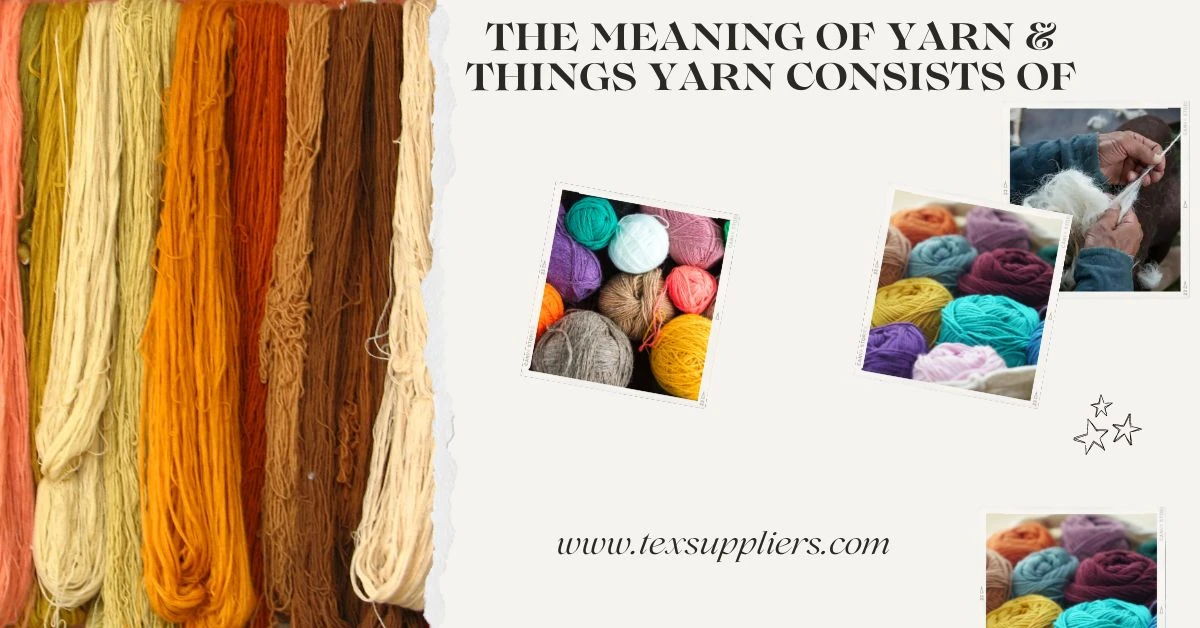
Comments - 00
Leave A Reply
Thanks for choosing to leave a comment.